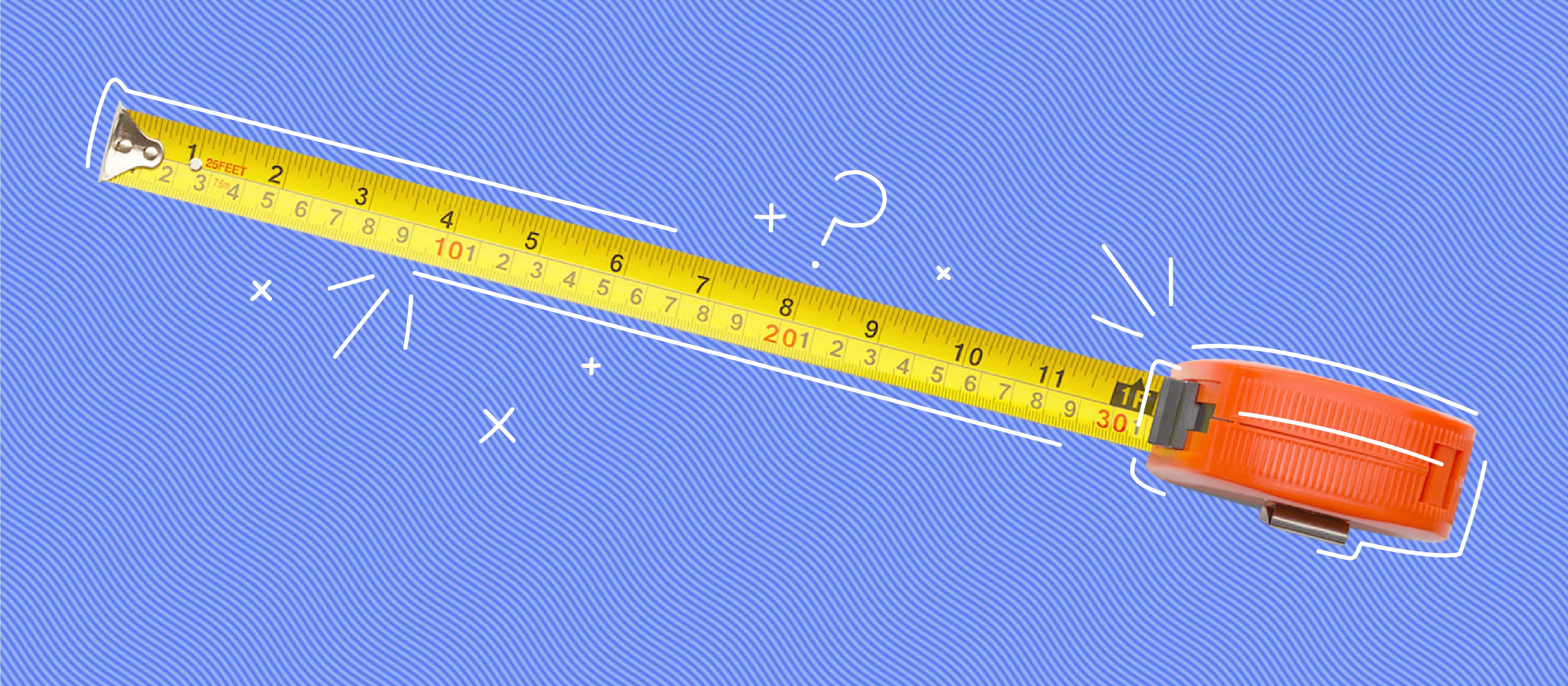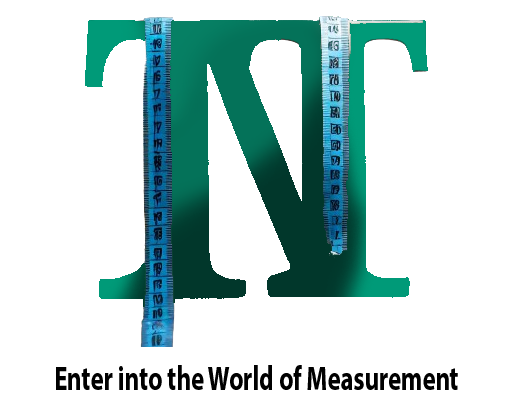How to Measure Square Feet? A Step-by-Step Guide
To measure square feet, multiply the length by the width of the area in feet. This calculation gives you the total square footage.
Knowing how to measure square feet accurately is essential for various purposes, such as determining the size of a room for renovation or calculating the area of a piece of land. Whether you are a homeowner, a contractor, or a real estate agent, understanding how to measure square feet correctly can help you plan and estimate materials effectively.
By following a simple formula and using measuring tools, you can easily calculate the square footage of any space. Let’s explore the step-by-step process of measuring square feet accurately and efficiently.
Introduction To Square Footage
Measuring the area of a room or space is an essential aspect of various projects, such as construction, renovation, and interior design. Square footage is the standard unit of measurement for the area of a surface or space. It is the measure of the area of a two-dimensional space. Knowing how to measure square footage accurately is crucial to ensure that you have enough materials for your project.
Why Square Footage Matters
Understanding square footage is essential for determining the amount of material you need for a project. Whether you’re planning to install new flooring, paint the walls, or build a new home, knowing the square footage will help you calculate the amount of material required. Additionally, square footage is crucial in determining the value of a property. The larger the square footage, the higher the property value.
Common Uses For Square Foot Measurements
There are various uses for square foot measurements, including:
- Determining the amount of paint required for a room or wall
- Calculating the amount of flooring needed for a room
- Determining the size of a house or property
- Calculating the amount of insulation required for a space
Knowing how to measure square footage accurately is essential for any project that requires the measurement of the area of a space. It can save you time and money by ensuring that you have enough materials for your project.

Credit: www.homedepot.com
Tools For Measuring Square Feet
When it comes to measuring square footage, having the right tools at your disposal is crucial. By using the appropriate tools, you can ensure accurate measurements for various projects, whether it’s for estimating material requirements, planning renovations, or determining the size of a space. Here are the essential tools for measuring square feet:
Tape Measure And Notepad
The trusty tape measure is a staple tool for measuring square footage. It allows you to quickly and accurately measure the dimensions of a space. With a notepad in hand, you can jot down the measurements as you go, ensuring you have a record of the dimensions for future reference.
Advanced Tools: Laser Measures And Apps
For more advanced and precise measurements, laser measures have become increasingly popular. These devices emit a laser beam to determine distances accurately, making them ideal for measuring large areas or spaces with complex layouts. Additionally, there are various mobile apps available that can turn your smartphone into a sophisticated measuring tool, providing convenience and accuracy on the go.
Preparing To Measure
Before you can accurately measure square feet, it’s important to prepare the space and have a clear understanding of the room’s shape. By taking these steps, you’ll ensure accurate measurements and avoid any potential errors.
Clearing The Space
Start by clearing the room of any furniture, clutter, or obstacles that may hinder your ability to measure. This will give you a clear and unobstructed view of the space, making it easier to measure accurately. Remove any rugs, curtains, or other decorative items that cover the floor or walls, as they can interfere with your measurements.
Understanding Room Shape
The shape of the room plays a crucial role in measuring square feet. Rooms can have various shapes, such as rectangular, square, L-shaped, or irregular. Take a moment to observe the room and identify its shape. This will help you determine the appropriate method for measuring and calculating the square footage.
If the room has a regular shape, such as a square or rectangle, measuring is relatively straightforward. You can measure the length and width of the room using a tape measure and then multiply these dimensions to calculate the square footage.
On the other hand, if the room has an irregular shape, such as an L-shape or contains alcoves or protrusions, you may need to break it down into smaller, more manageable sections. Measure each section separately and then add the square footage together to get the total area.
Remember to measure from the inside of the walls and exclude any non-living spaces, such as closets or built-in furniture, from your calculations. This will give you an accurate representation of the usable square footage in the room.
By clearing the space and understanding the room’s shape, you’ll be well-prepared to measure square feet accurately and efficiently. In the next section, we will explore the step-by-step process of measuring square footage in different room shapes.
Basic Measurement Techniques
When it comes to measuring square footage, it is important to understand the basic measurement techniques. By mastering these techniques, you can accurately measure the area of any space, whether it’s a room in your house or a plot of land for a construction project. In this section, we will explore two essential measurement techniques: Measuring Length and Width, and Dealing with Irregular Shapes.
Measuring Length And Width
Measuring the length and width of a space is the first step in calculating square footage. To measure the length, take a tape measure and place it at one end of the space. Extend the tape measure to the opposite end, ensuring it is straight and parallel to the walls. Make sure to record the measurement accurately.
Next, measure the width of the space. Place the tape measure perpendicular to the length, starting from one wall and extending it to the opposite wall. Again, ensure the tape measure is straight and parallel to the walls, and record the measurement correctly.
Now that you have the length and width measurements, multiply them together to calculate the square footage. For example, if the length is 10 feet and the width is 12 feet, the square footage would be 120 square feet (10ft x 12ft = 120 sq ft).
Dealing With Irregular Shapes
Measuring the square footage of irregular shapes requires a slightly different approach. Instead of measuring the length and width directly, you need to divide the shape into smaller, more manageable sections.
One method to measure irregular shapes is by breaking them down into smaller rectangles or squares. Measure each individual section separately, then add up the square footage of each section to get the total. This method works well for spaces with multiple angles or protrusions.
Another approach is to use an online square footage calculator or specialized software. These tools allow you to input the dimensions of the irregular shape and automatically calculate the square footage. This method can be especially helpful for complex shapes with intricate curves or curves.
By utilizing these basic measurement techniques, you can accurately measure square footage for any space, whether it’s a simple rectangular room or a complex irregular shape. Remember to measure length and width accurately, and adapt your approach for irregular shapes. Armed with these techniques, you can confidently calculate square footage for various purposes, such as remodeling, real estate, or construction projects.
Calculating Square Footage
When it comes to measuring the size of a space, understanding how to calculate square footage is essential. Whether you’re planning a home renovation or purchasing flooring, knowing the square footage can help you estimate material quantities and costs accurately. Let’s explore the methods for calculating square footage, starting with the common Length x Width formula.
Using The Length X Width Formula
To calculate square footage using the Length x Width formula, simply measure the length and width of the area in feet and then multiply the two measurements. For example, if a room measures 10 feet by 12 feet, the square footage is 120 square feet (10 x 12 = 120).
Adjusting For Partial Feet
When dealing with partial feet, it’s important to make the necessary adjustments to ensure accuracy. For instance, if a room measures 10 feet and 6 inches by 12 feet and 3 inches, you would convert the inches to feet (6 inches = 0.5 feet, 3 inches = 0.25 feet) and then use the Length x Width formula to calculate the square footage.

Credit: bungalow.com
Complex Areas And Obstacles
To measure square feet accurately, carefully calculate the length and width of the area and then multiply the two dimensions. For complex spaces with obstacles, break the area into smaller, more manageable sections for precise measurements. This approach ensures accurate square footage calculation, especially in challenging spaces.
Breaking Down Complex Shapes
Accounting For Fixed Furniture And Appliances
Complex Areas and Obstacles:
Measuring square feet for irregular spaces like L-shaped rooms can be challenging. When dealing with intricate areas, break down the shape into simpler components. Consider fixed furniture or appliances that cannot be moved. Account for these obstacles accurately in your measurements.
Recording And Using Measurements
Measuring square feet accurately is essential for various purposes. To measure square feet, start by multiplying the length and width of the area in feet. This simple method ensures precise measurements and allows for efficient use of space.
Creating A Sketch
Recording and Using Measurements
Creating a sketch helps visualize space dimensions accurately.
Practical Applications For Square Footage Data
Utilize square footage data in real estate listings and renovation projects.
– Sketch floor plan with accurate measurements
– Measure each wall and multiply length by height
– For irregular spaces, divide into smaller rectangles
– Use graph paper for precise sketching
| Item | Measurement (ft) |
|---|---|
| Living Room | 15 x 20 |
| Kitchen | 10 x 12 |
| Bedroom 1 | 12 x 14 |
| Bedroom 2 | 10 x 10 |

Credit: www.homedepot.com
Tips And Tricks For Accurate Measurements
When measuring square footage, it’s crucial to ensure accuracy for various projects. Here are some valuable tips and tricks to help you achieve precise measurements.
Double-checking Your Work
- Measure twice, cut once to avoid errors.
- Use a laser measure for consistent results.
- Check for discrepancies in measurements.
When To Call A Professional
- If the project requires complex calculations.
- When dealing with irregular or hard-to-reach areas.
- For accurate measurements in large-scale projects.
Conclusion: The Importance Of Precision
Precise measurements are crucial when it comes to determining square footage. By following the proper guidelines, you can accurately measure square feet, ensuring accurate calculations and avoiding any potential errors.
Impact Of Accurate Measurements On Real Estate And Design
Accurate measurements are crucial in real estate and design projects.
– Precision helps avoid costly errors in construction.
– Accurate measurements ensure optimal use of space.
– Real estate listings with precise square footage attract more buyers.
Continued Learning And Practice
– Regular practice improves measuring accuracy.
– Ongoing education enhances measurement skills.
– Consistent practice hones precision over time.
Frequently Asked Questions
How Do You Calculate Square Footage Of A Room?
To calculate square footage of a room, multiply the length of the room by its width. For irregularly shaped rooms, divide the room into smaller sections and calculate each section’s square footage.
What Is The Formula For Calculating Square Footage?
The formula for calculating square footage is length x width. For example, if a room is 10 feet long and 12 feet wide, the square footage would be 120 square feet.
How Do You Measure Square Footage Of A House?
To measure the square footage of a house, measure the length and width of each room and multiply those numbers together. Then add up all the square footage of each room to get the total square footage of the house.
Why Is It Important To Measure Square Footage?
Measuring square footage is important for several reasons, including determining how much paint or flooring material is needed, calculating property value, and ensuring compliance with building codes.
What Tools Do I Need To Measure Square Footage?
To measure square footage, you will need a tape measure, graph paper, and a calculator. Additionally, you may want to use a laser distance measurer for more accurate measurements.
Conclusion
Measuring square feet is a crucial skill for homeowners, real estate professionals, and construction experts alike. By using the right tools and following precise calculations, anyone can accurately measure square footage. Whether for remodeling, selling a property, or planning a new construction project, mastering this skill is invaluable.






